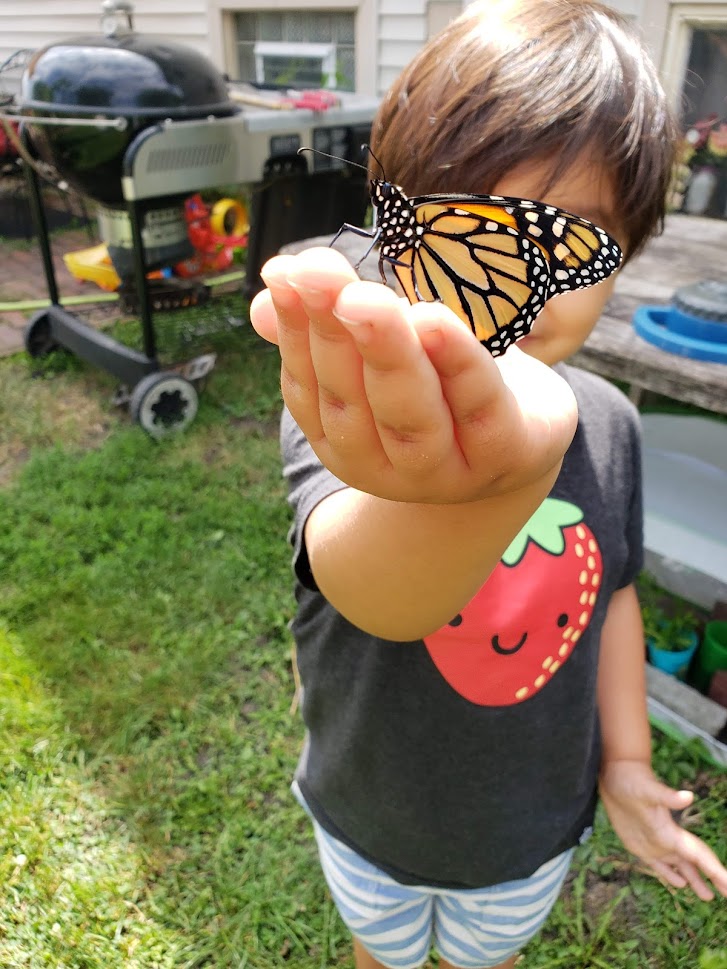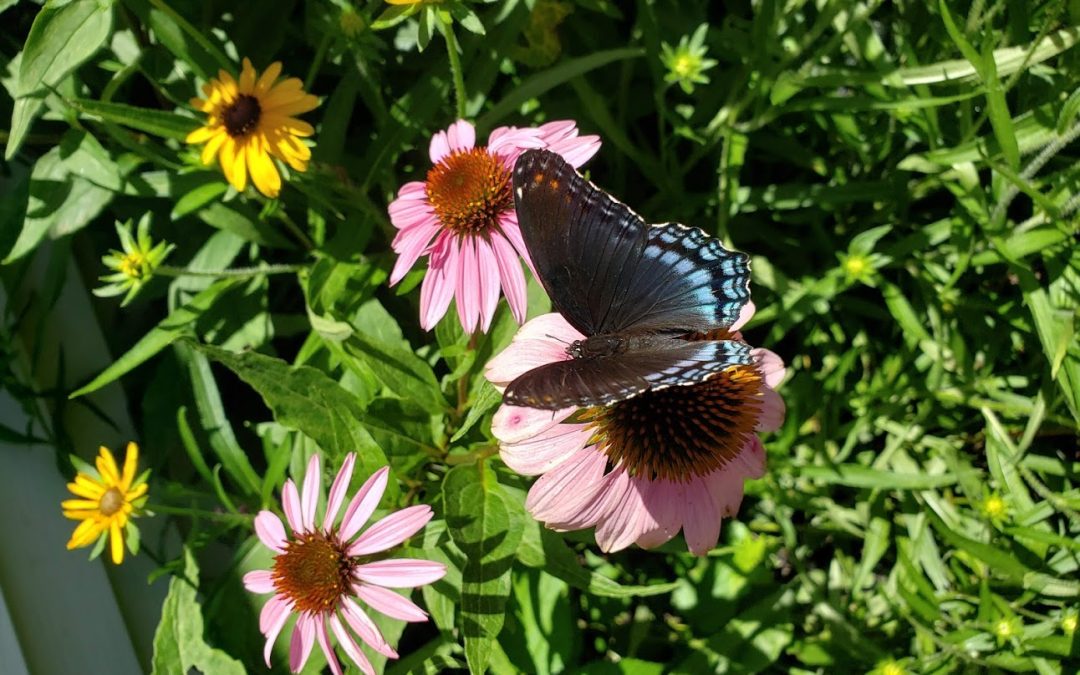Phillip’s Team Member Lori Talks Butterfly Gardens, Native Plants, Patience, and Gardening with Kids
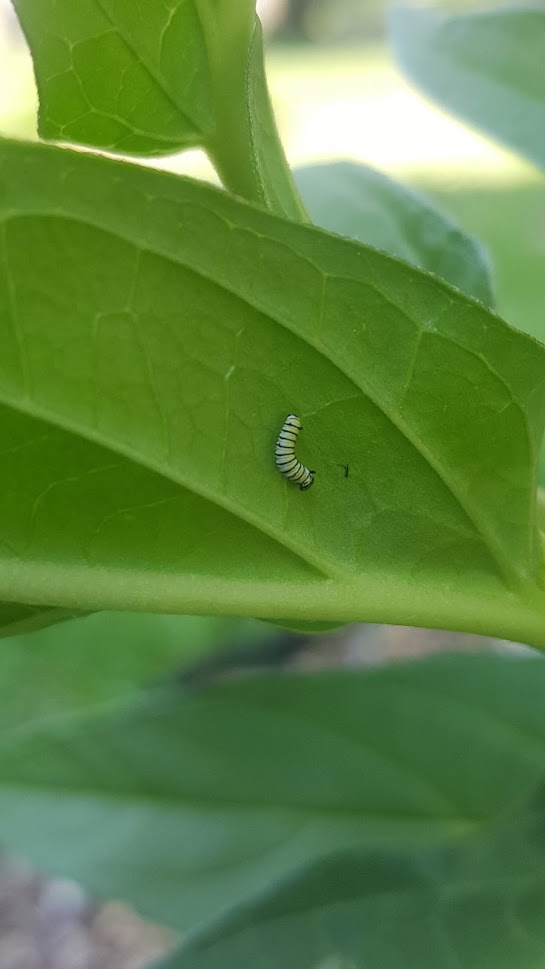
Why did you create a butterfly garden (also known as a pollinator garden) at your home?
I recognized the importance of creating a habitat for pollinators using native plants while taking a course at the College of DuPage. I’d always been a gardener, but a course taught by Jim Kleinwachter of the Conservation Foundation is what inspired me to implement this knowledge at my own home. I’ve worked in the Horticulture industry for a while in various arenas, but creating these gardens in my own yard would allow me to watch and learn the plant and insect life cycles with greater depth, and along with my son. Naturally, searching for baby Monarch caterpillars on Milkweed has become his favorite part.
What comments do you receive from passersby?
It’s so fun to be working in the yard, and have the neighbors stop to ask questions on their walks. They usually ask about certain plants they see, and sometimes they’ll ask where they can get them (I’m always happy to share seeds when I have them!) Their questions about the plants almost always lead to the butterflies, and the butterflies provide opportunities for more meaningful conversations about conservation. And even just having these conversations allows me to promote a more responsible stewardship of the local ecology. Last year my neighbor purchased some natives that she’d seen in my garden, and my Aunt has now incorporated two types of Milkweed into her garden. Things like that feel good.
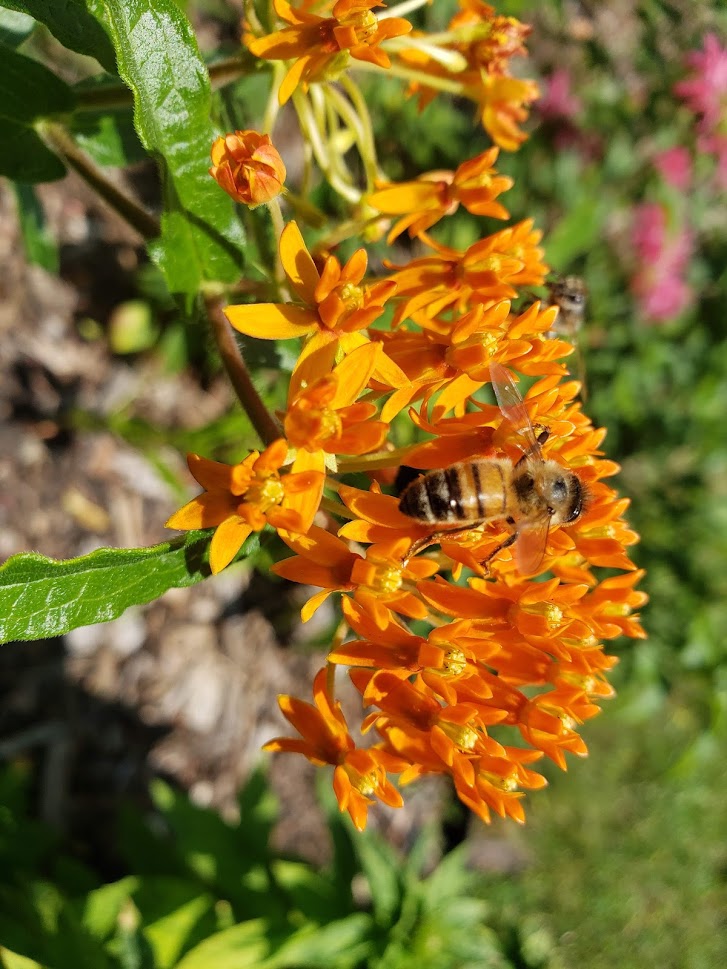
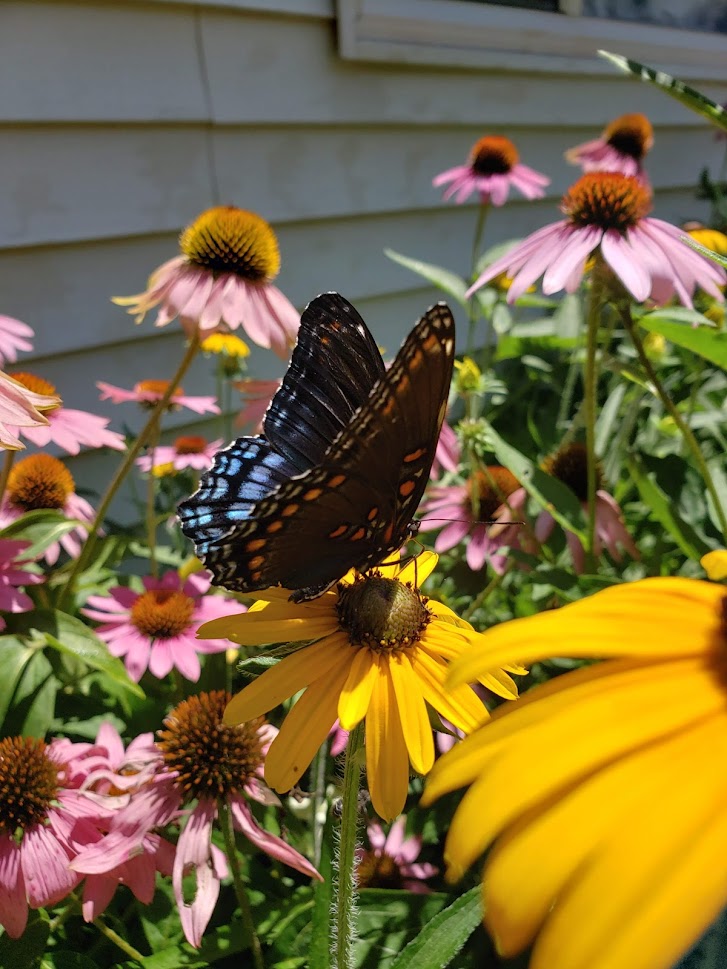
How would someone who is not plant savvy get started on a butterfly garden?
There are many resources available online that will provide you with extensive lists of native plants for your specific area. Universities and local forest preserves are great for this type of information. But for someone new to native planting, it’s easy to get overwhelmed. Sometimes I still get overwhelmed! A good start is to first identify what type of soil and moisture level you’re working within your own yard. There are native plants for every environment – hydric soil, compacted soil, dry soil, clay soil, full sun, shade – there’s really something for every condition! And the key to any healthy garden is picking the right plants for the right place. Also, look up native plant sales for your county come Spring (don’t wait until Summer or you’ll miss them!). Big box retailers are less likely to carry a nice variety of natives, outside of a Rudbeckia or Echinacea, so native plant sales are one of the highlights of the season for me. Once you’ve defined the conditions you’re working with, you can start picking plants. Pick plants that provide food and habitat for the insects and wildlife you’d like to attract. Certain trees attract certain types of birds, certain plants attract certain types of butterflies, etc.
What have you learned along the way? Any mistakes you want to warn others about?
I’ve learned not to be overzealous with my garden ambitions and plant selections! A small garden, done well, can be just as rewarding and enjoyable as a big one. And maybe even more so, as there’s less maintenance. And even a small pollinator garden has a positive impact. Some things I’d watch out for are invasive and aggressive plants. These are plants that can quickly multiply, taking resources from more beneficial plants. Google invasive plants in your region and you’ll find a ton of information on what not to plant. It’s also worth noting that native plants have a genus and a species name, meaning the garden tag will have two words on it (ex: Allium cernuum, Asclepias tuberosa, Monarda fistulosa). If the two words are followed by a third word that’s in quotes, this is a cultivar and not a true native (Echinacea purpurea ‘Magnus’). It’s up to you how purist you want your plant selections to be, just something to be aware of.
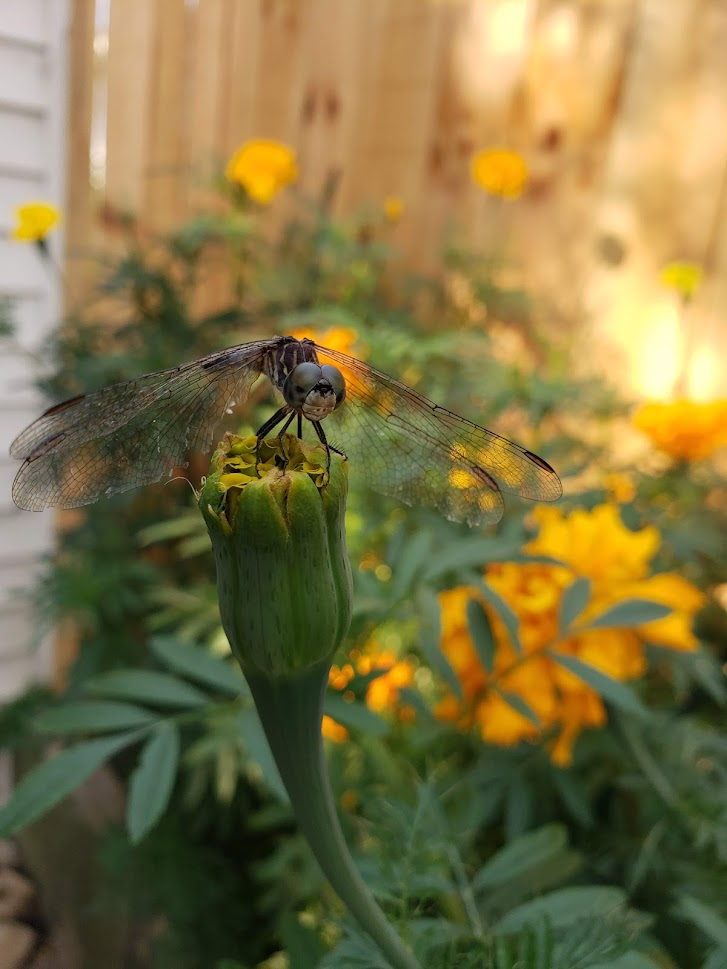
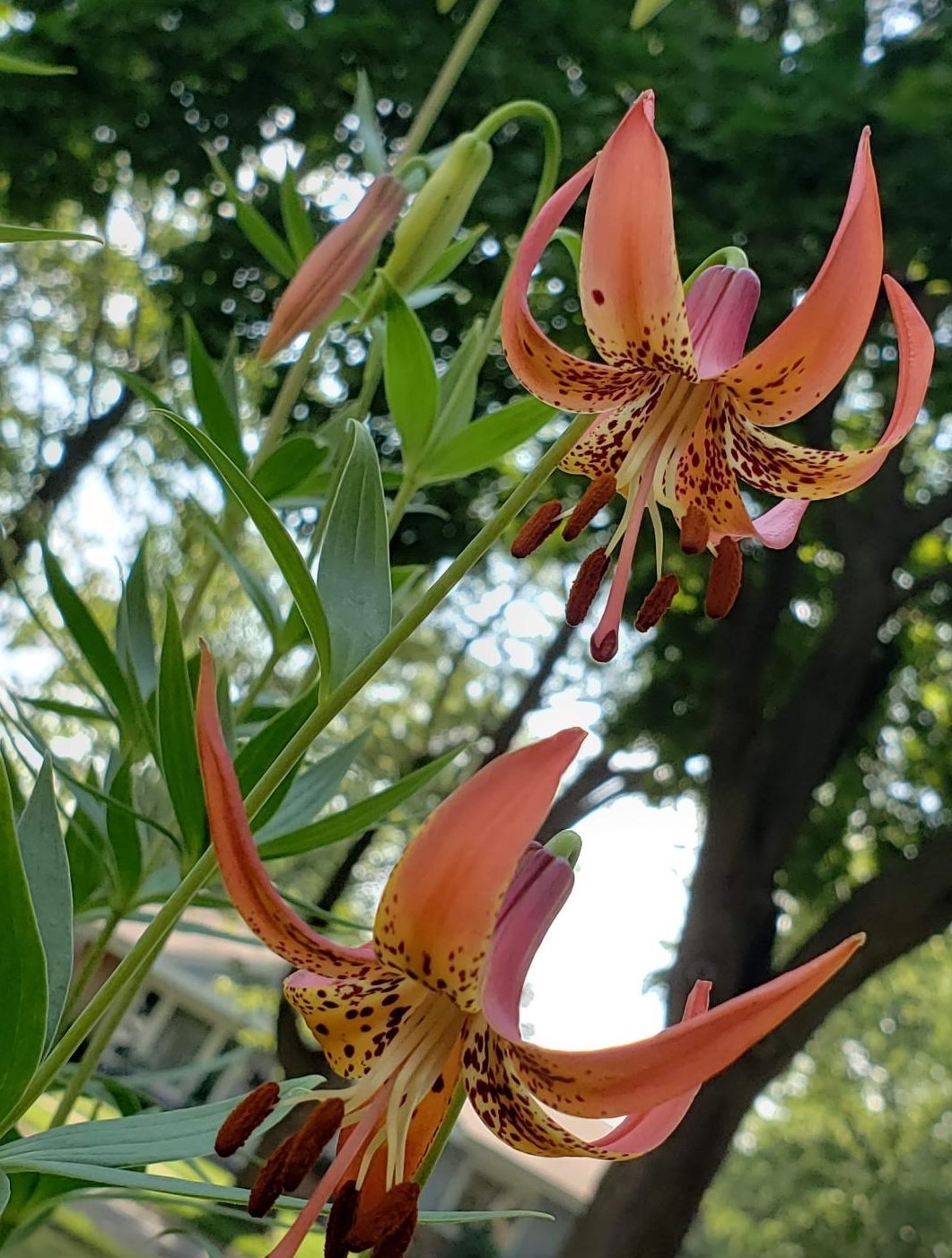
Have you faced challenges unique to the midwest/Chicago?
The only challenge I face living in the midwest is that the growing season ends. There are advantages and challenges in every region. If I lived in Texas or California I’d have a whole new palette of plants to choose from, but I’d be missing out on some of the beauties I’m fortunate enough to take for granted here.
Let’s say I live in an apartment with a balcony. Can I create a mini butterfly garden in a container/containers? Or are there any plants I can grow by themselves that will contribute to the needs of our pollinating friends?
You can totally create a butterfly garden on an apartment balcony/in containers! The pollinators don’t discriminate, and container gardening can be such a great aesthetic! Sometimes the Milkweed you purchase at a garden center will already have Monarch eggs on it while it’s still in the nursery pot! Also, biodiversity in the landscape is ok too. If your containers include non-native plants that attract pollinators, you’re still doing a great service for the pollinators in your area. The only thing to be aware of is that perennial plants in containers don’t always overwinter as well as plants in the ground. This is because soil temperature is warmer than air temperature. But if you’re selecting plants hardy to zone 3, and you’re only in zone 5, this shouldn’t be a real issue. If you’re looking for just one plant to make an impact all by itself, I’d go with any type of Asclepias (Milkweed).
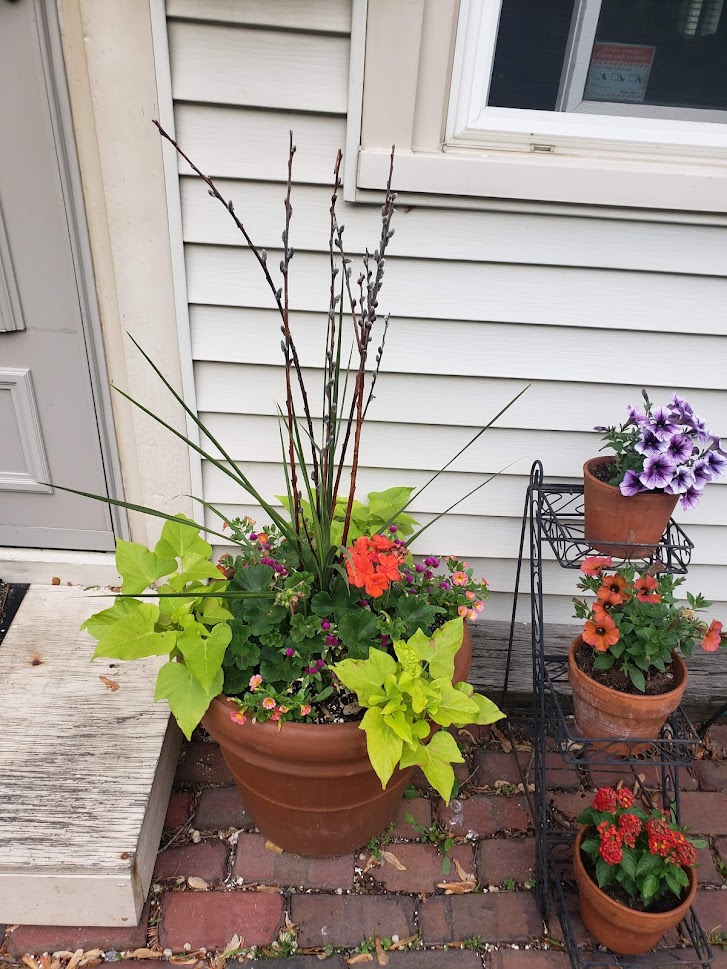
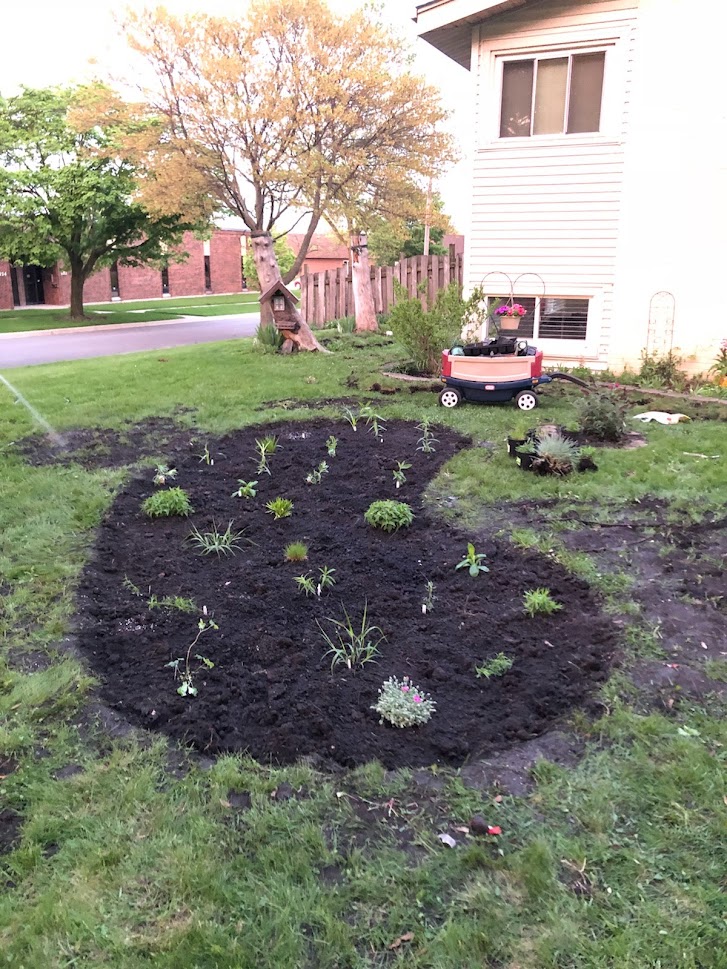
Are there any life lessons you have learned through your butterfly garden?
I am someone who looks for and enjoys instant gratification. I’m not sure if that’s a generational thing or what, but that doesn’t really exist in gardening. There are moments of pure joy that are very gratifying, but they are usually short-lived and a long time in the making. So maintaining a property that I designed and installed, watching how it develops season after season and morphs into something different every year, has brought me much humility. It puts me in my place. I’m not in control, and I can’t just buy it online or get it at a drive-thru. I have to work, wait, and watch what happens to see if I did a good job or not. And sometimes I wait a whole growing season just to find out I should have done things differently, and now I can’t try again until next year. So I think there are a lot of metaphors for life in there somewhere that I’m probably still figuring out myself.
Do you have advice/comments about introducing a child to gardening?
My son has been watching me garden and raise butterflies his whole life, so it might honestly be old news to him at this point. But he has showed me that while he is definitely his own person, children are always learning by example. So it’s super rewarding to hear him repeating little tidbits of information that he has learned in our garden (“Monarchs only eat Milkweed.” or “That one’s a Swallowtail.”) He learns not even because I’m consciously teaching him, but just by observing, listening, and being out there with me. I think it’s a clear reminder that, as parents, we are their greatest influences. It’s totally normal to him for us to drive two hours to my favorite perennial farm, and I think I’m proud of instilling things like that in him – make time for things that make you happy. And even if he doesn’t develop any real interest in horticulture or gardening or conservation, that’s ok. I think I’m giving him an awareness of the ways in which we can affect positive outcomes, and an appreciation for the people who feel responsible to do so. And that’s good enough for me.
